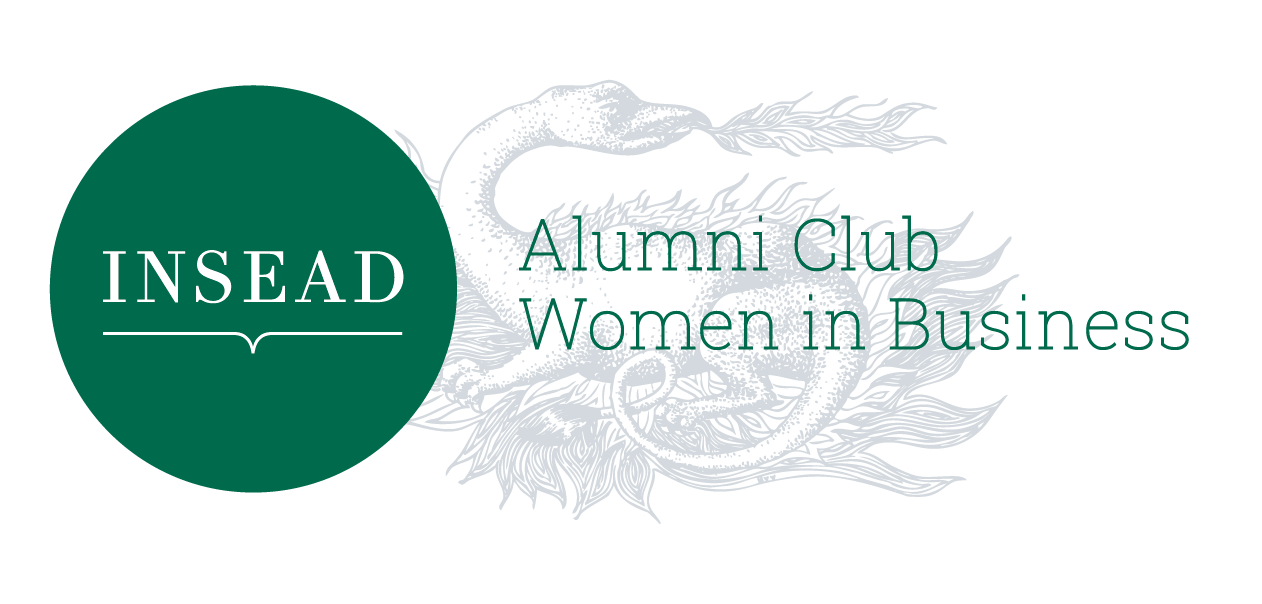By Anne Dumesges
Language can drive diversity. Or not if you’re not careful. As behavioral scientists and practitioners know very well, words matter a lot. Words are the tools we use to describe the world and to communicate with people. They can impact people’s decisions and behaviors, depending on what or how you use them.
This is called Framing. Framing can be very powerful: the way you present something can have a strong impact on people’s decisions.
Not convinced? I was also skeptical, I read th e following research[1]:
Doctors were asked to choose between radiotherapy & surgery to treat lung cancer. They were presented the results with a different framing:
If you are like me, I bet you will agree with the idea that:
- doctors are considered as rational people by most of us
- the 2 sentences mean EXACTLY the same
However, option 1 is framed in terms of probability of survival, while option 2 is framed in terms of probability of death. This is the only difference, and this is driving quite a difference in terms of final choice.
So, can this framing help drive diversity in your workplace? Can it help support your business performance, as BCG study[2] showed? Business challenge I often hear about : “How to ensure diversity in hiring?” Is your company struggling to hire a diverse workforce? Do you often hear: ”I would be happy to hire more women, but we struggle to have them apply”. If this is the case, you might want to start with your job descriptions, to make them more inclusive and accessible to a wider audience.
Indeed, without us noticing, research[1] shows that the language in job descriptions often subtly adhere to gender stereotypes. Meaning chances are that the wording of some job descriptions is more biased toward one gender than we can and want to realize.
These social scientists at the University of Waterloo and Duke University coded a long list of adjectives and verbs as masculine or feminine then scanned a popular job site to look for those words. They found that job ads in male-dominated fields (like software programming) tended to use masculine-coded words such as “competitive” and “dominate” much more than job ads in female-dominated fields. Follow-up research confirmed such words made those job listings less appealing to women.
It’s unlikely that the world will stop associating certain words with certain genders any time soon. Fortunately for employers looking to narrow the applicant-pool gender gap, there is a simple way to take the gender bias out of job listings: Simply rewrite them.
Google[2], for example, has been looking at the various languages used by different people within their internal data sets. They found that different words meant different things depending on your gender. So they worked on an internal tool to screen job descriptions and by using this, they significantly improved the level of female applications on some of their tech jobs.
LUCKILY there are also free online tools that automatically scan job descriptions for biased language, such as Gender Decoder for Job Ads[3]. Simply paste the text of a job listing into the decoder, and it scans the text for the list of gender-coded words from the Duke/Waterloo study. In less than a second, the decoder reports whether there are more masculine-coded or feminine-coded words in the ad.
To conclude with, framing your language in the right way can change who you are surrounding yourself with in the workplace, driving more diversity, and better innovation & performance.
Also, as behavioral economist Iris Bohnet[4] puts it in her book What Works: Gender Equality by Design[5], “Our minds are stubborn beasts that are hard to change, but it’s not hard to de-bias the application process”. “To start with, job ads are super-low-hanging fruit.”
Now, you have the tool to make your next job ads gender neutral. Just apply it!
References:
[1] Pauker, S.G, Sox Jr. H. C., & Tversky, A (1982). On the elicitation of preferences for alternative therapies. New England journal of Medecine, 306(21), 1259-1262.
[2] https://www.bcg.com/en-us/publications/2018/how-diverse-leadership-teams-boost-innovation.aspx
[1] http://www.fortefoundation.org/site/DocServer/gendered_wording_JPSP.pdf?docID=16121
[2] Women’s Forum conference, #Women4STEM, Kristell Klosowski @Google
[3] http://gender-decoder.katmatfield.com/
[4] visiting professor at Harvard Business School, co-chair of Harvard’s Behavioral Insights Group, and director of the Women and Public Policy Program at Harvard Kennedy School
[5] https://www.amazon.com/What-Works-Gender-Equality-Design/dp/0674986563/ref=sr_1_1?keywords=what+works&qid=1582905636&s=books&sr=1-1


